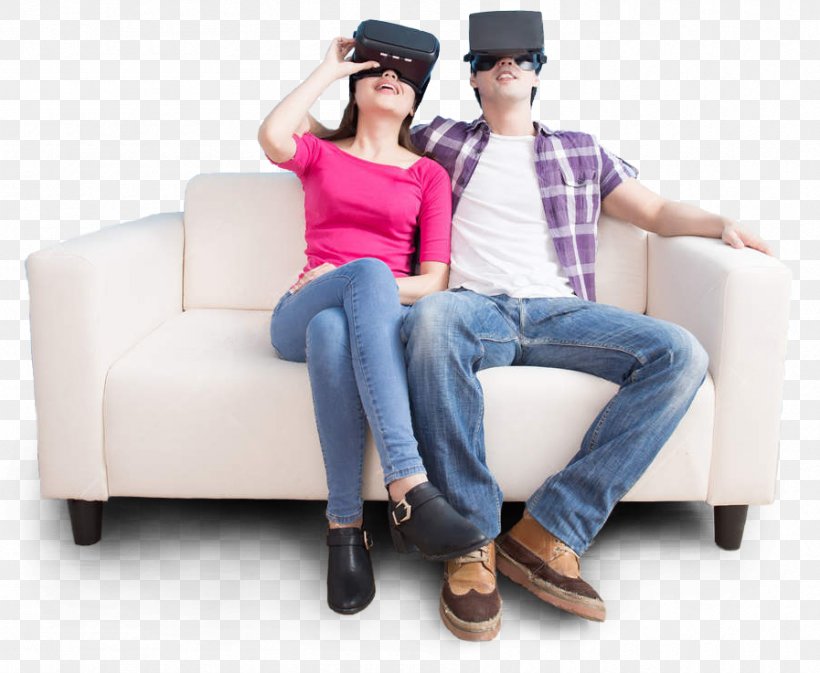
Virtual Reality
Virtual Reality (VR) is a representation of simulated experience which can be very much similarity of real experience. It’s operated by a headset which is called VR Headset. Actually VR is one kind of simulation-based virtual reality. Anyone can get 360 degree experience of an image or video by using VR. Nowadays it’s very much popular to the young generation. Actually not only just young generation, anyone who experienced it for the first time can’t leave it for the second time. It’s mainly used for entertainment purpose. It’s also used for educational purposes such as medical or military training. The market of VR is growing day by day significantly. Tech giants are investing millions of dollars to build a better product than others.

How it works?
VR headset actually is a head-mounted display (HMD) that blocks the outside of the world and displays a 3D world to create a simulation. Some companies use lenses to change normal images into 3D. Generally 100 to 110 degree field of sight can be achieved with VR devices. The most important key feature of a VR is the frame rate per second (fps). The minimum standard of fps is 60. It makes virtual simulations look like the real world. Actually below 60 fps causes some problems like headache, nausea for the user. For that reason, a renowned company named Sony don’t permit softwares to run on their devices if their fps level falls below 60 at any point while using. Nowadays most VR hardware developers are keeping fps 120 or more for better real-world experience for the user.
There is an important part of a VR headset is Head Tracking. It follows the movement of viewers head to sides and angels. It provides 3 points of axis for directions and movements. There are many tools involved in this process like accelerometer, gyroscope, a circle of LEDs etc. It requires low latency so that user doesn’t feel any lagging between head movement and simulation.
Eye tracking is also available in some headsets. It contains an infrared controller that monitors the directions of users’ eyes. The benefit of eye tracking technology is to get more real experience for the user.
The most attractive part of a VR technology is Motion Tracking. By using motion tracking technology user can look and move around through the virtual simulation. Motion tracking usually refers the concepts of 6DoF (six degrees of freedom). There are two groups in motion tracking – optical tracking and non-optical tracking. Optical tracking means a camera on the headset to follow the movements of the user while non-optical means the uses of other sensors on the device. Most of the devices actually the combination of both options.

Major brands in the market
There are many kinds of VR are available in the market. It seems that a major part of the market occupied by Facebook owned Oculas. Actually Oculas was an independent VR brand. In 2014, Facebook acquired Oculas for US$2.3 billion. There are also some renowned companies are involved in the VR market like HTC, Sony, Samsung etc.
According to the information from various websites, the leading VR brands in the market are OCULAS RIFT S, OCULAS QUEST, OCULAS GO, HTC VIVE, HTC VIVE PRO, SONY PLAYSTATION VR, VALVE INDEX, SAMSUNG GEAR, SAMSUNG ODYSSEY+, HP REVERB, GOOGLE DAYDREAM etc.
Apart from that, there are also many kinds of VR are available in the market.